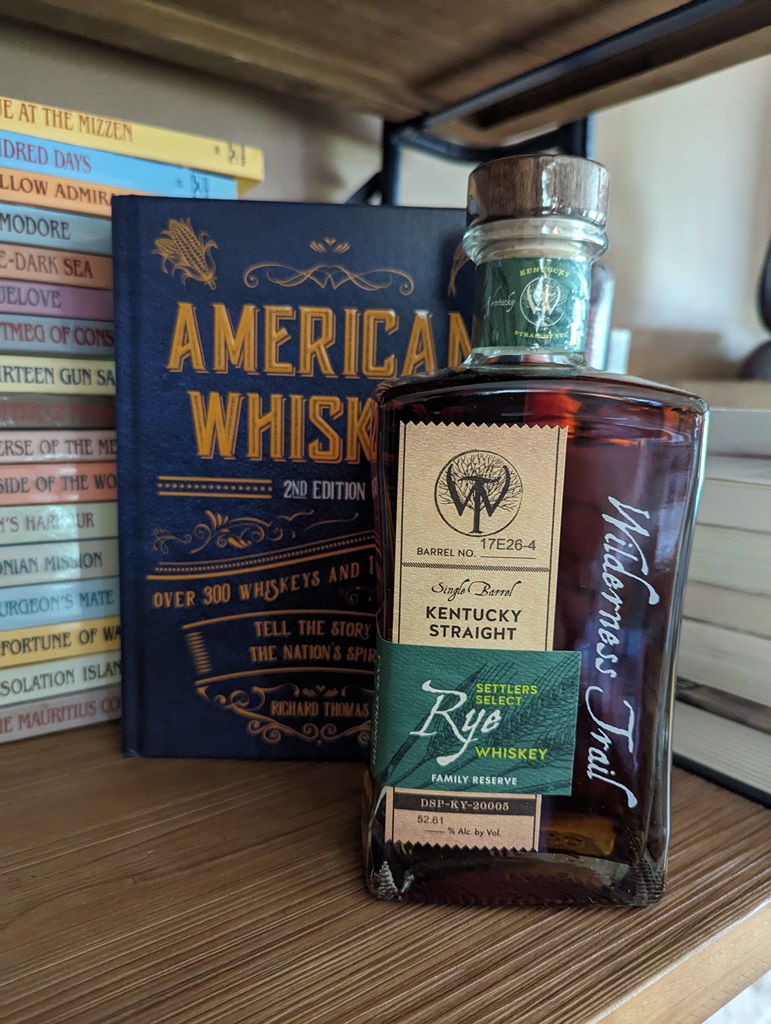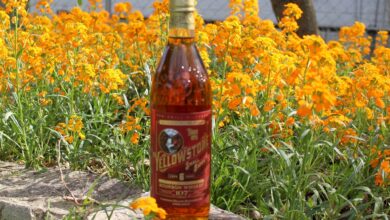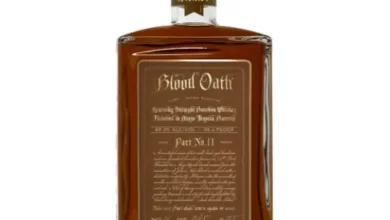Q&A With Maureen Robinson, Kentucky Owl Master Blender
By Richard Thomas

(Credit: Stoli Group)
The last time I had the opportunity to interview Maureen Robinson was five and a half years ago. Robinson was working at Diageo and a trailblazing woman in the industry, as a four decade veteran in the liquor trade and one of the first women to be named as Master Blender. She was working in the UK at the time, and I was still living in Portugal.
Robinson’s retirement from Diageo was announced in July 2022, but she was not idle for long. At the end of the summer of 2023, it was announced Robinson had been hired as the Master Blender for Kentucky Owl, the sourced bourbon brand owned by Stoli Group and currently in the midst of (slowly) building their own distillery. The new job takes one of the most experienced hands in Scotch-making and brings her talents across the Atlantic, in what is the latest example of whisky-makers from other industries trying their hands at working with bourbon. It was therefore the ideal time to catch up with her.
RT: The last time we got to do this was in 2017. So, I suppose the best place to start is how you wound down your last five years at Diageo: what projects were you working on?
MR: I wouldn’t say winding down is the right phrase, things were just as frantic as ever. As well as the day to running of things of the various aspects of being a Master Blender from an innovation perspective my main focus was on:
- The Cask of Distinction program, Diageo’s single cask sales to High Net Worth Individuals
- The Prima & Ultima Series: this was a series of Single Malts that were picked for their rarity and personal stories by certain Master Blenders. Series 2 was my story.
- The Singleton Paragon of Time series
- The Singleton Epicurean Odyssey Series – The Singleton of Glen Ord 38, 39 and 40 Year Old
MR: It was announced you were retiring from Diageo in 2022. Little more than a year later, it was announced you were taking over at Kentucky Owl, following John Rhea’s retirement. I suppose the question there is were you genuinely intent on retiring in 2022 or had you decided that after 45 years at Diageo it was time to do something different?
MR: I had genuinely retired and was full of good intentions to relax, play more golf and go on several vacations but as you see that plan has been put on a back burner.
I was approached by Kentucky Owl via the Keepers of the Quaich if I would be interested in doing a bourbon project. I was intrigued when I saw the remit: help create a bourbon that was reminiscent of a Scotch but without losing its bourbon credentials. I saw this project as a development opportunity as my main experience where bourbon was concerned was the impact ex bourbon casks had on Scotch whisky. From a social perspective it had never really been on my radar.
Speaking with John I knew he was thinking of retiring but never thought anything about it until Kentucky Owl approached me to replace him. I gave it some thought and decided it was too good of an opportunity to miss. I see myself as a caretaker Master Blender I am not going to be here for evermore.

(Credit: Richard Thomas)
RT: To start with the transition to Kentucky Owl, I remember you telling me Diageo had nine million casks from a wide variety of distilleries, cask stocks and ages to work with. I think it’s a certainty that Kentucky Owl’s inventory is dramatically smaller than that. How has it been getting familiar with the new inventory?
MR: There is quite a vast variation in numbers but from an inventory perspective it is very similar. You have to make sure you can sustain all your current products in the future but also looking for new opportunities and when you find them maintaining them. Innovation is where it is important for blenders to work with Distillers in order to widen flavor profiles so giving blenders the opportunity to create great bourbons for the future
RT: Now that you’ve had a few months with it, what are your impressions on working with American whiskeys versus working with Scotch whiskies? What are the differences and the similarities?
MR: From a blending perspective there are more similarities than differences.
From a bourbon perspective you can think of the mash bill representing a Scotch whisky distillery style. From a wood perspective Scotch has a variety of wood type options to give you various flavor options but bourbon is similar. Bourbon law states it has to be new charred oak casks but different flavors can be derived by the degree the cask are toasted and charred.
As in Scotch age plays an import part regarding aroma/flavor. Younger aged bourbons can give a lighter style aroma/flavor whereas older bourbons give you that bit of added complexity. Both compliment one another thus giving you choices when it comes to innovation.
Scotch and bourbon have different taste profiles but from a business perspective it is up to us as blenders to show the consumer that they have choices by showing how versatile bourbon can be and that there is a myriad of flavor out there waiting to be explored. To be honest before I took on this role I was one of them.
MR: I recall you preferred Coca Cola as a mixer. So, now I need to ask the verdict: is bourbon a better pairing with Coca Cola than Scotch?
MR: I am still one of these people who advocates that you drink your whisky/whiskey the way you enjoy it. My preferred way of drinking Scotch whisky is with ice and a dash of water. To me this is like a flavor journey the water starts the journey but as the ice melts and dilutes you get more aroma/flavor coming to the fore.
Bourbon and American whiskey is still work in progress. [But for] Scotch vs Bourbon and Coca Cola watch this space.



